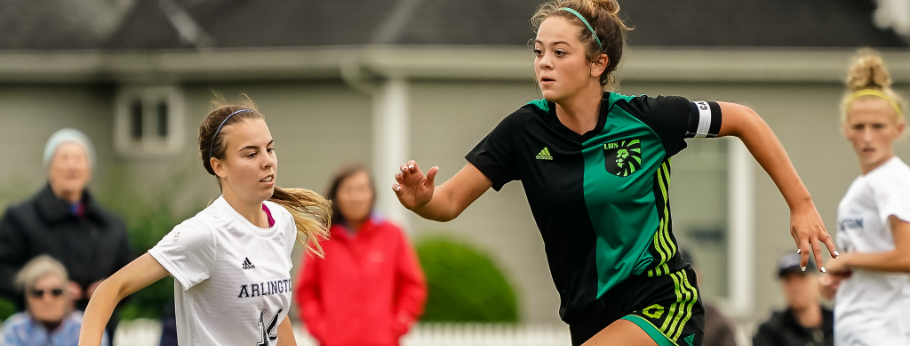Running Start Students & Assessments
All Washington K-12 public schools administer the Smarter Balanced English Language Arts (ELA) and math assessments in grades 3 through 8 and high school (grade 10). These assessments are required for federal accountability reporting and replace previous assessments used in Washington for that purpose. The Smarter Balanced assessment system was developed to assess the new Common Core State Standards in math and ELA that Washington has adopted as part of its state K-12 Learning Standards. See the background material below for more information about the Smarter Balanced Assessment Consortium.
Per federal accountability requirements, districts are expected to have at least a 95% student participation rate in the assessments, including Running Start students; the only exceptions are students who are homeschooled but who enroll at the district for the sole purpose of participating in RS. It is the school district’s responsibility to notify RS students of this expectation; districts are being strongly encouraged to provide flexible options for these students to be able to take the assessments.
Colleges are encouraged to let schools in their service area know that if students do have a conflict with a college class it is their responsibility to make arrangements with their faculty for making up absences or assignments, if possible. If college faculty or staff members get questions from RS students about the process, please tell them to refer the students to their assigned high school counselor or the district assessment coordinator.
You may have heard concerns already about the demands that the assessment process will place on students’ time. For your information, and to help address questions and concerns, you should be aware of the actual time requirements as well as its options for administration. Within the designated time window noted below the nature of the assessment allows for great flexibility for districts to coordinate their assessment efforts as resources and student availability allows:
- The testing window for administering the assessments in high schools is March 4 – June 28, 2024.
- The Smarter Balanced summative 10th grade assessment is computer adaptive and administered entirely online;
- The total amount of time required to complete the assessments (math and ELA) is an estimated 6 hours (the assessments are untimed, so the estimates are based on field testing with students);
- One hour of the total involves a group activity for each content area (roughly 30 minutes each) designed to provide students with context for the performance task portions of the assessment; Going forward, OSPI and SBCTC will be examining other possible approaches to address the issues at a system level in subsequent years. For now, we recognize that this first full round of assessments for high school juniors, including Running Start students, may reveal some unanticipated challenges. Your patience is appreciated. If you have additional questions or would like further information about Smarter Balanced, please contact Bill Moore, SBCTC, Director of K-12 Partnerships, bmoore@sbctc.edu, 360-704-4346.
Background Information on the Smarter Balanced Assessment System
Smarter Balanced has developed a system of valid, reliable and fair next-generation assessments aligned to the Common Core State Standards (CCSS), also known as the Washington State Learning Standards in ELA and mathematics for grades 3 through 8 and high school. The system—which includes both summative assessments for accountability purposes and optional interim assessments for instructional use—integrates computer adaptive testing (CAT) technologies to provide meaningful feedback and actionable data that teachers and other educators can use to help students succeed. A digital library of formative assessment practices and strategies provides materials to help teachers address learning challenges and differentiate instruction.
Smarter Balanced assessments go beyond multiple-choice questions to include extended response and technology enhanced items, as well as performance tasks that allow students to demonstrate critical-thinking and problem-solving skills. Performance tasks challenge students to apply their knowledge and skills to respond to complex, real-world problems. They can best be described as collections of questions and activities that are coherently connected to a single theme or scenario. These activities are meant to measure capacities such as depth of understanding, writing and research skills and complex analysis, which cannot be adequately assessed with traditional test questions. The performance tasks are taken on a computer (but are not computer adaptive) and take one to two class periods to complete.
Smarter Balanced capitalizes on the precision and efficiency of CAT. This approach represents a significant improvement over traditional paper-and-pencil assessments used in many states today, providing more accurate scores for all students across the full range of the achievement continuum.
Excerpted from Frequently Asked Questions: Higher Education,
Produced by the Smarter Balanced Assessment Consortium,
Available online at http://www.smarterbalanced.org


